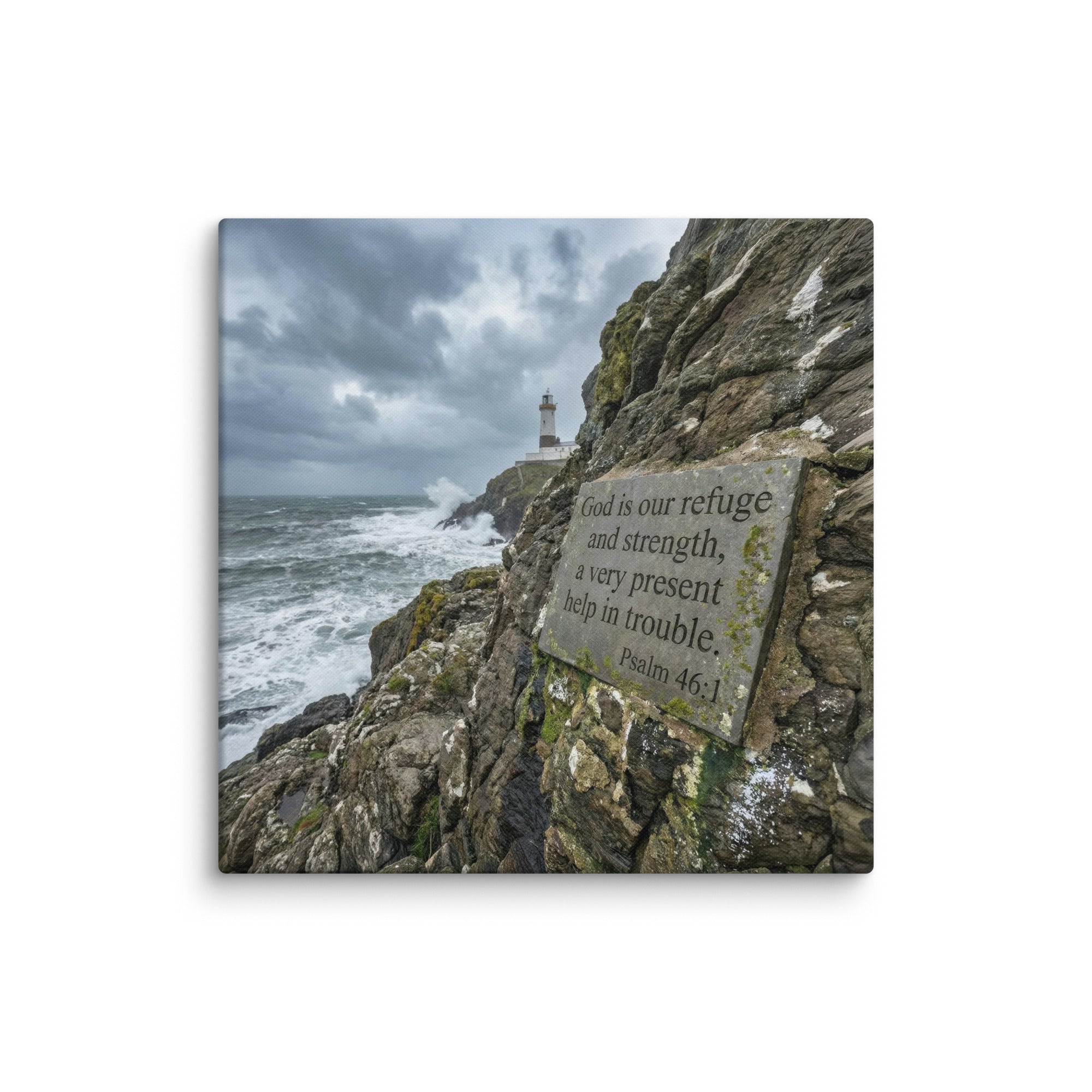The book of 2 Peter is a short but powerful letter found in the New Testament. It was written to encourage believers to stay strong in their faith and be aware of false teachers. Even though it's just three chapters long, 2 Peter is packed with deep wisdom and bold warnings.
Here are 10 interesting facts about 2 Peter that highlight its purpose, themes, and importance in Scripture.
1. 2 Peter Was Written by the Apostle Peter
The letter begins with a clear statement from the author:
Simon Peter, a servant and apostle of Jesus Christ... (2 Peter 1:1)
Peter, one of Jesus' closest disciples, wrote this letter near the end of his life. His words carry the weight of someone who walked with Jesus and saw His glory firsthand.
2. It’s Peter’s Final Letter Before Death
Peter writes with urgency because he knows his time is short.
...I know that the putting off of my body will be soon, as our Lord Jesus Christ made clear to me. (2 Peter 1:14)
He wants to remind the believers of truth before he dies. This gives the letter a serious and heartfelt tone.
3. It Warns Strongly Against False Teachers
A major focus of 2 Peter is exposing false teachers who twist Scripture and lead others into sin.
But false prophets also arose among the people... and many will follow their sensuality. (2 Peter 2:1-2)
Peter warns that these teachers will bring destruction upon themselves and others.
4. 2 Peter Defends the Return of Christ
Some people were mocking the idea that Jesus would come again.
They will say, "Where is the promise of his coming?" (2 Peter 3:4)
Peter answers this by reminding them that God is not slow but patient:
The Lord is not slow to fulfill his promise... but is patient toward you... (2 Peter 3:9)
5. Peter Reminds Believers to Grow Spiritually
Spiritual growth is a big theme in this letter. Peter urges believers to add to their faith:
Make every effort to supplement your faith with virtue... knowledge... self-control... steadfastness... (2 Peter 1:5-6)
This list shows how faith should grow stronger over time.
6. Peter Refers to the Transfiguration
Peter shares his eyewitness account of Jesus' transfiguration on the mountain:
We were eyewitnesses of his majesty... we ourselves heard this very voice borne from heaven... (2 Peter 1:16-18)
This gives Peter’s message authority. He’s not making up stories—he saw Jesus in His glory.
7. The Letter Affirms the Inspiration of Scripture
Peter honors the Old Testament and points to the divine origin of prophecy.
No prophecy of Scripture comes from someone’s own interpretation... but men spoke from God as they were carried along by the Holy Spirit. (2 Peter 1:20-21)
This confirms that the Bible is not just a human book—it is God-breathed.
8. 2 Peter May Have Been One of the Last New Testament Letters Written
Most scholars believe it was written around AD 64–68, just before Peter’s martyrdom under Emperor Nero. This timing gives extra weight to his farewell message.
9. Peter Calls Paul's Letters Scripture
Peter gives respect to the writings of Paul, showing that early Christians already viewed Paul’s letters as Scripture.
...our beloved brother Paul also wrote to you... as he does in all his letters... the ignorant and unstable twist... as they do the other Scriptures... (2 Peter 3:15-16)
This is one of the earliest signs that Paul’s writings were considered part of the Bible.
10. The Final Message Is a Call to Stay Strong
Peter ends the letter with a clear challenge:
You therefore, beloved... take care that you are not carried away... but grow in the grace and knowledge of our Lord and Savior Jesus Christ. (2 Peter 3:17-18)
This message still speaks today: keep growing in Jesus, no matter what the world says.
Summary Table
| Fact | Reference |
|---|---|
| Written by the Apostle Peter | 2 Peter 1:1 |
| Peter knew he was near death | 2 Peter 1:14 |
| Warns about false teachers | 2 Peter 2:1-2 |
| Defends Christ’s return | 2 Peter 3:4, 3:9 |
| Encourages spiritual growth | 2 Peter 1:5-6 |
| Shares the Transfiguration | 2 Peter 1:16-18 |
| Affirms Scripture is from God | 2 Peter 1:20-21 |
| Possibly one of the last New Testament letters | Likely written AD 64–68 |
| Calls Paul’s writings Scripture | 2 Peter 3:15-16 |
| Urges believers to remain strong | 2 Peter 3:17-18 |
























